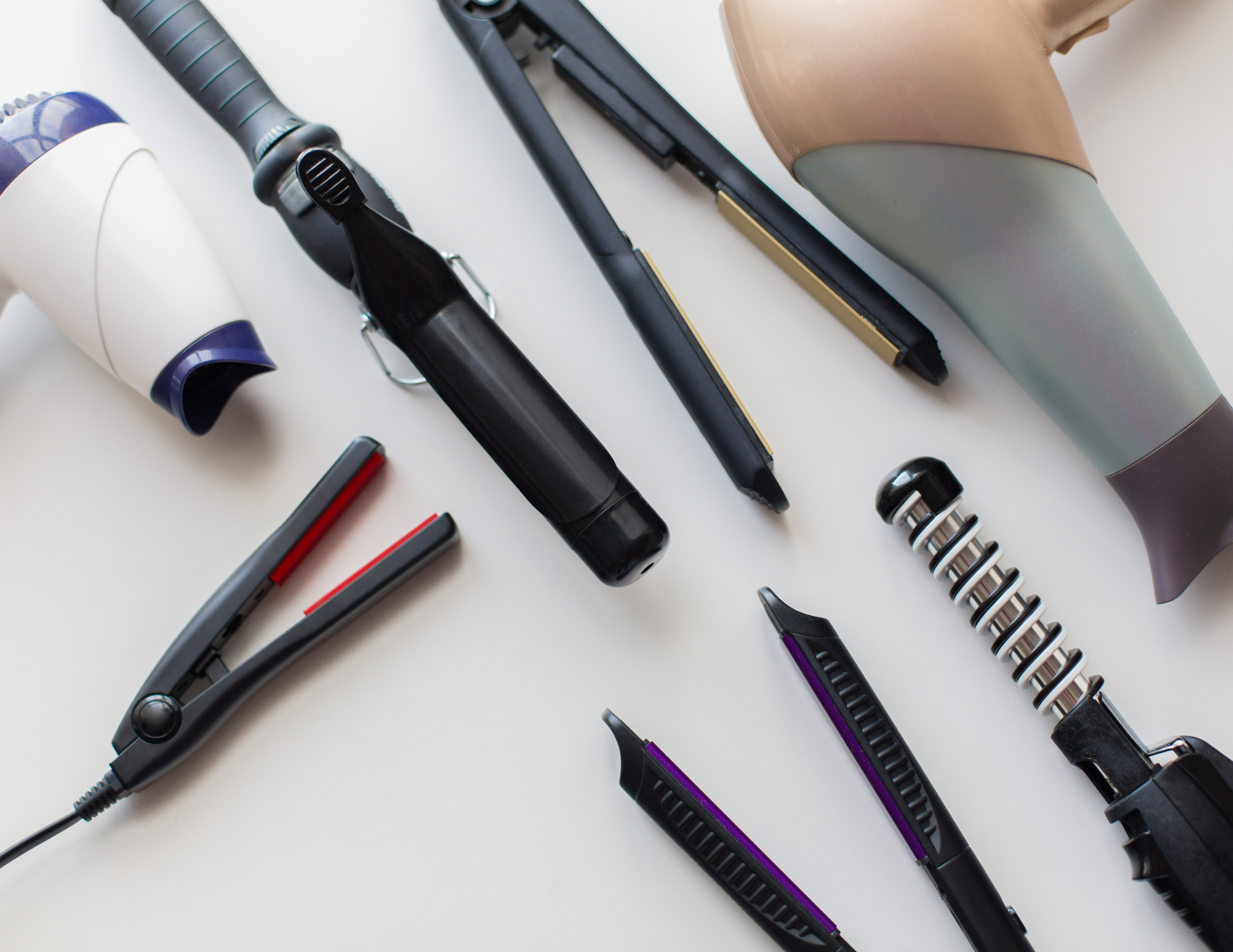
The Science of Heat Styling: How to Protect Your Hair from Damage
Heat styling is a popular way to achieve different hair styles, whether it be straightening, curling or adding volume. However, the excessive use of heat styling tools can damage the hair, causing breakage, dryness and split ends. Understanding the science behind heat styling and its impact on the hair can help individuals take better care of their hair and prevent damage.
The Science of Heat Styling
Heat styling tools such as flat irons, curling irons, and blow dryers work by applying heat to the hair. The heat breaks down the hydrogen bonds in the hair, which allows for temporary shaping of the hair. However, the high temperatures can also cause damage to the hair shaft and cuticles, resulting in weakened and brittle hair.
When heat is applied to the hair, the cuticle, which is the outermost layer of the hair shaft, opens up, allowing moisture to escape. This can cause the hair to become dry and brittle. Repeated exposure to heat styling tools can damage the cuticle, leading to split ends, breakage and overall hair damage.
Protecting Hair from Heat Damage
There are several ways to protect hair from heat damage caused by styling tools. One of the most important things to do is to use a heat protectant product before applying heat to the hair. A heat protectant creates a barrier between the heat styling tool and the hair, reducing the amount of heat that is absorbed by the hair.
Another way to protect hair from heat damage is to use heat styling tools that have adjustable temperature settings. This allows individuals to set the temperature based on their hair type and the style they are trying to achieve. Lower heat settings are recommended for individuals with fine or damaged hair, while higher settings can be used on thicker or coarser hair.
Limiting the frequency of heat styling is also important for protecting hair from damage. Individuals who use heat styling tools daily may want to consider cutting back or incorporating heatless styling methods into their routine.
Repairing Heat Damaged Hair
If hair has already been damaged by heat styling, there are several ways to repair it. One of the most effective ways is to use a deep conditioning treatment to moisturize and nourish the hair. Look for products that contain ingredients such as keratin, which can help repair and strengthen damaged hair.
Trimming split ends is also an effective way to prevent further damage and promote healthier hair growth. Using a protein treatment can also help to strengthen the hair and protect it from future damage.
In conclusion, while heat styling tools can be a great way to achieve different hair styles, excessive use can lead to hair damage. Understanding the science behind heat styling and its impact on the hair can help individuals take better care of their hair and prevent damage. By using heat protectant products, adjusting the temperature settings on styling tools, and limiting the frequency of heat styling, individuals can help protect their hair from heat damage. Additionally, repairing damaged hair with deep conditioning treatments and protein treatments can help promote healthier hair growth.
